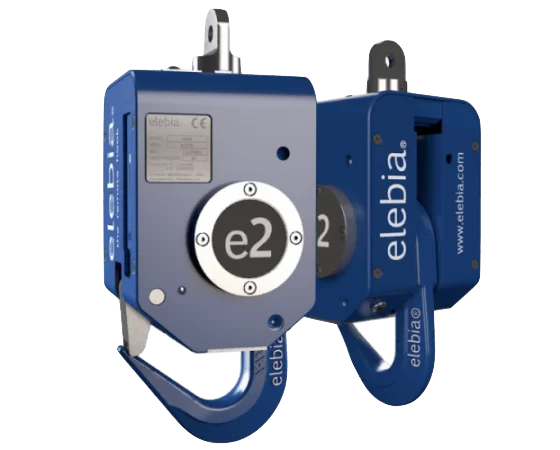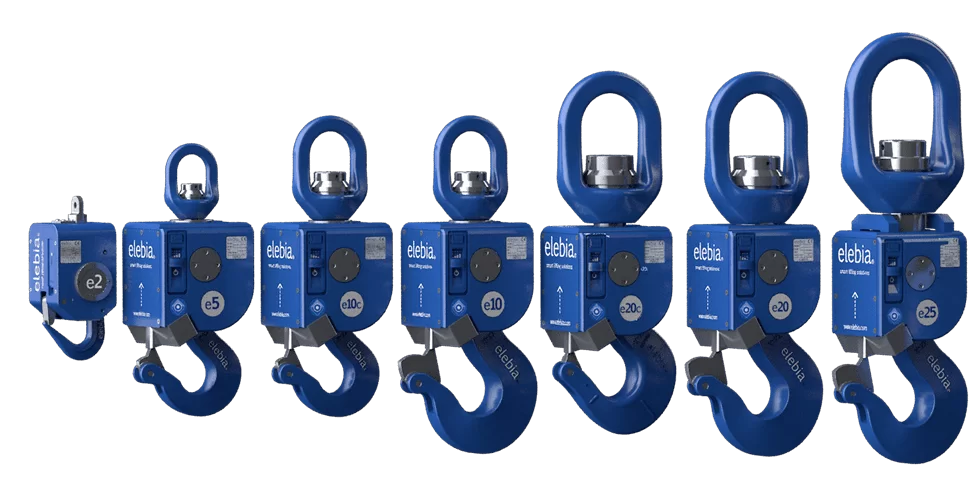Differences Between Hoists and Cranes
January 9, 2022
A hoist and a crane might seem similar at first glance, but they are distinct machines designed for different purposes. Many people mistakenly use the terms interchangeably, referring to a hoist when they actually mean a crane, and vice versa. To clarify, a hoist is primarily used to lift and lower heavy objects vertically, while a crane is capable of moving objects in multiple directions—both vertically and horizontally.
Table of Contents
The Key Differences Between Hoists and Cranes
Here are some key distinctions between hoists and cranes:
- Cranes have the ability to move objects in multiple directions—both vertically and horizontally—while hoists are limited to vertical movement only.
- Cranes are highly versatile machines capable of complex multi-directional motions, whereas hoists serve as essential components within cranes, performing specific tasks.
- Hoists typically handle lighter loads compared to cranes, which are designed for much heavier lifting capacities.
What is a Hoist?
A hoist is a specialized piece of equipment designed specifically for lifting and lowering heavy loads vertically. It serves as a crucial part of a crane system, often mounted on the horizontal beam referred to as the bridge girder. When attached to a trolley, a hoist can traverse diagonally along the girder, offering flexibility in moving objects within a facility. Chain hoists excel at handling loads weighing less than five tons and are relatively low-maintenance due to their simplicity. Wire rope hoists, on the other hand, are ideal for lifting heavier objects—five tons or more. Double-reeved hoists utilize two ropes on a single drum to enhance lifting efficiency, ensuring minimal drift of the hook during operation.
Learn More About Elebia Hooks
Explore our range of Auto Release Hooks and Lifting Hooks designed for safety and efficiency.
Types of Hoists
Hoists can be categorized based on their power source, suspension method, and lifting medium.
- Power Source: Different hoists rely on various power sources, including electricity, air, or manual operation. Electric hoists are widely used due to their convenience and reliability. Pneumatic hoists leverage compressed air for operation, making them suitable for environments where electrical systems are unavailable. Manual hoists require physical effort from operators, using pulleys to amplify lifting force.
- Suspension Method: The way a hoist is suspended depends on its intended application. For straightforward vertical lifting, a stationary hook setup works well. If you need to move heavy loads across a facility, consider attaching the hoist to a crane trolley mounted on a rail or beam.
- Lifting Medium: The lifting medium refers to the flexible material connecting the load hook to the hoist's main body. This could be a rope, metal cable, roller load chain, or welded link chain. Welded link chains consist of interconnected metal rings forming a continuous strand, such as those found in anchor chains. Roller load chains, meanwhile, combine alternating roller links connected by pin links, creating a smooth interaction with sprockets.
Subscribe to Our Newsletter
Stay updated with the latest industry insights and product releases from Elebia by signing up for our newsletter.
What is a Crane?
A crane is a sophisticated machine that combines several components to achieve multi-directional movement of heavy loads. These machines consist of a trolley, bridge, and hoist working together to cover the entire operational area of your facility. Cranes are indispensable tools in modern manufacturing and construction settings.
Types of Cranes
Crane selection depends on the specific needs of your project or workspace. Here are some common types:
- Monorail Crane: A monorail crane connects to a trolley running along a single rail, allowing movement in an oval or winding path around the facility. This design is particularly effective in facilities requiring dynamic movement patterns.
- Gantry Crane: Gantry cranes feature a girder supported by wide legs with wheels, enabling them to operate independently of the ceiling structure. They are commonly used in shipyards and large warehouses.
- Top Running Crane: In this configuration, the bridge travels above rails attached to the ceiling, facilitating the lifting and movement of heavy objects within confined spaces.
- Under Running Crane: Unlike top-running cranes, under-running cranes run beneath two beams, providing an alternative solution for certain architectural constraints.
Custom Solutions for Your Business

Discover the evo2 Crane Hooks

Explore the evo5-evo25 Hooks
Â
Film Blowing Machine Extruder,Blown Film Extruder Machine,Plastic Film Blowing
Taizhou Langshun Trade Co.,ltd , https://www.longthinmachinery.com